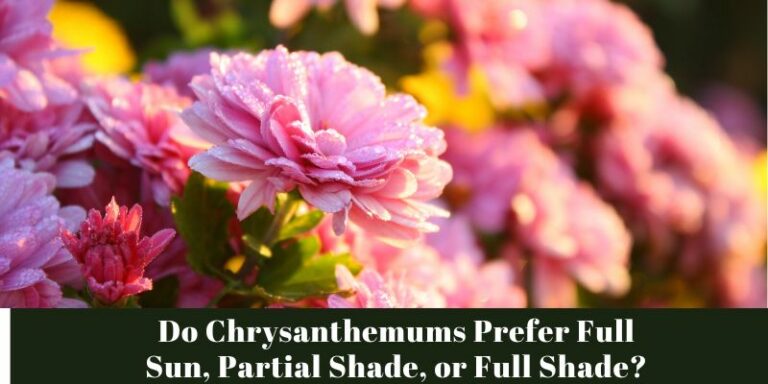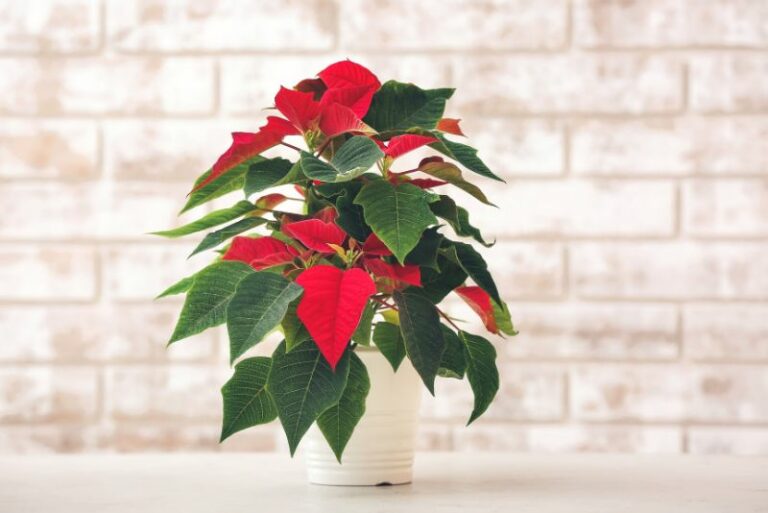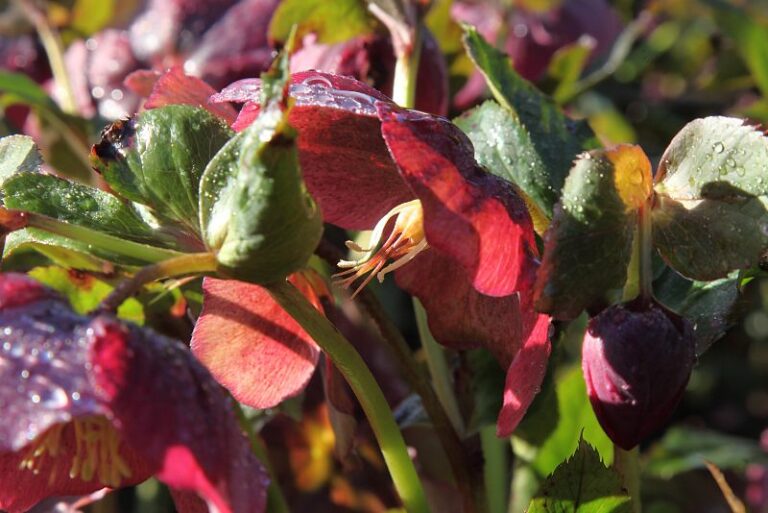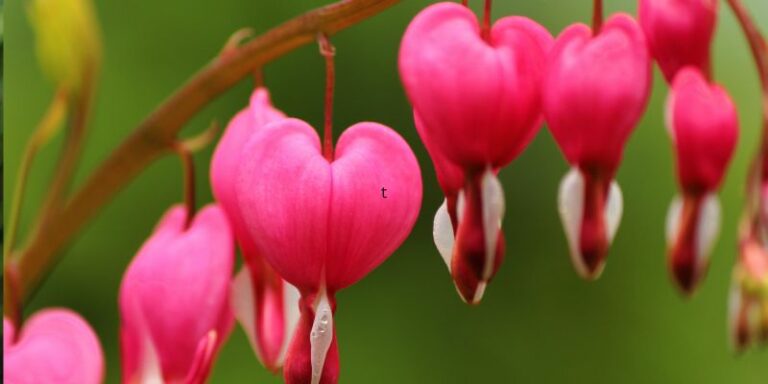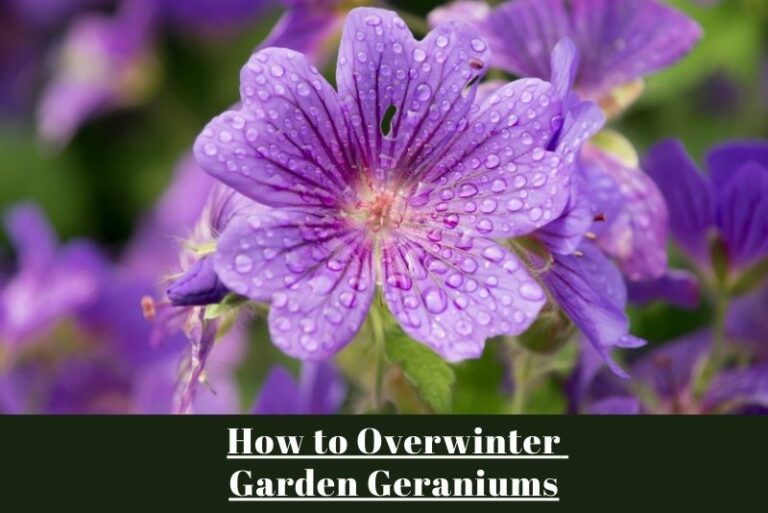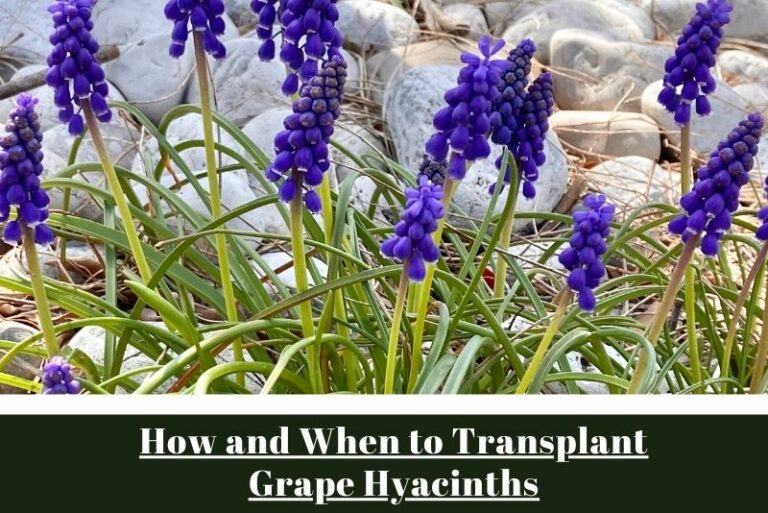How to Grow Tropical Hibiscus in Containers: A Comprehensive Guide
Tropical hibiscus (Hibiscus rosa-sinensis) is a stunning addition to any gardener’s paradise. If you’re passionate about plants but don’t have a large garden, fear not. Container gardening offers the perfect canvas to cultivate these vibrant blooms from the comfort of your balcony or patio. This comprehensive guide is tailored for gardening enthusiasts, home plant lovers, and novices ready to unleash their green-thumbed potential with tropical hibiscus. Discover how to select the perfect container, craft an ideal growing environment, combat pesky pests, and ensure your hibiscus thrives in its potted domain.
Tropical Hibiscus Container Gardening

The allure of tropical hibiscus lies in its ability to transform any space into a colorful retreat. With flowers that boast a surreal array of colors—vivid pinks, radiant reds, and sunny yellows—this plant brings the essence of far-off paradises to your doorstep. Container gardening with tropical hibiscus offers several key benefits, such as:
- Flexibility: Containers provide the flexibility to move your hibiscus to the perfect spot, whether it’s to catch the sun’s warmth or to shield it from harsh weather.
- Control Over Soil Quality: You can adapt your hibiscus’ soil conditions to ensure they’re ideal, which is especially useful if you live in a region with less favorable soil types.
- Space Maximization: Even the most space-limited areas can be transformed by a well-cared-for hibiscus, providing all the joy of gardening without requiring a large land area.
Keep reading to unlock the secrets of successful tropical hibiscus container gardening.
Choosing the Right Container
Sizing Up: Finding the Ideal Pot
The first step in container gardening is selecting a vessel that will house your hibiscus. The size of the pot is critical to the health and success of your plant. A mature tropical hibiscus can require a significant root space, so choosing a pot that is at least 18 inches in diameter and depth is recommended to allow for proper growth. This sizable container will also provide stability, preventing toppling in wind or heavy rain.
Drainage: The Unsung Hero
Drainage holes in your container are non-negotiable. Without them, excess water can build up in the soil, leading to root rot and other moisture-related issues. When there’s not enough air circulation around the roots, hibiscus can struggle to absorb much-needed nutrients. Ensure your container has several drainage holes, and elevate it slightly off the ground to prevent blockages.
Potting Mix and Planting
Mixing Matters
An optimal potting mix ensures your tropical hibiscus receives all the nutrients it needs. A blend of perlite, peat moss, and compost offers the perfect balance of drainage and moisture retention. Steer clear of garden soil, as it can compact in containers, suffocating the roots. Add a layer of stones or broken pottery to the bottom of the pot before adding the soil mix to further enhance drainage.
Planting with Precision
Planting your tropical hibiscus correctly sets the foundation for its growth. Begin by filling the container with your carefully prepared potting mix, leaving enough space at the top for the root ball. Gently remove the hibiscus from its original pot, teasing the roots apart if they’re tightly wound. Place the root ball in the center of the container, ensuring the top of the root mass is level with the top of the soil. Fill in the gaps with potting mix, pressing lightly to secure the plant.
Watering and Sunlight Requirements
The Aquatic Rhythm
Finding the perfect watering balance is crucial for hibiscus to thrive. Over-watering can lead to root rot, while under-watering can result in wilted leaves and stunted growth. The typical recommendation is to water the plant when the top inch of soil feels dry. The best technique is to water deeply, until water flows out of the drainage holes, allowing the roots to absorb as much as they need without creating waterlogged conditions.
Chasing the Sun
Tropical hibiscus loves sunlight and needs at least six hours of direct light each day to produce those iconic, large, beautiful blooms. However, if you’re in a very hot climate, be mindful of intense midday sun, which can scorch the leaves. Providing some shade during the hottest parts of the day can protect your hibiscus from heat stress.
Fertilizing and Pruning Tips
Feeding the Growth
Fertilization is key to encourage healthy growth and blooming. During the growing season (typically spring and summer), feed your hibiscus with a balanced, slow-release fertilizer. Apply the fertilizer about every four to six weeks, making sure to water the plant after feeding to prevent fertilizer burn.
Pruning for Profusion
Pruning not only keeps your hibiscus looking tidy but also promotes flowering. The best time to prune is after the blooming period. Remove any dead or diseased branches, and aim to maintain a symmetrical shape. You can also prune lightly throughout the year by pinching back new growth to encourage a bushier plant.
Pest and Disease Management
Unwelcome Visitors
Aphids, spider mites, and whiteflies can sometimes become a nuisance for tropical hibiscus. Regularly inspect your plant for signs of these pests, such as distorted leaves or a sticky residue on the foliage. If you notice any critters, try blasting them off with a jet of water or use insecticidal soap as a mild deterrent.
Healthy Habits
Maintaining a healthy, vibrant hibiscus is the best defense against diseases and pests. Ensure the plant is in a sunny spot with good air circulation, employ a proper watering and fertilizing routine, and keep the container and surrounding area free of debris.
Case Studies and Personal Experiences
Balcony Oasis
Julia C., a balcony gardener in a bustling city, transformed her urban space into a tropical paradise with a few well-placed hibiscus containers. “They bring such a beautiful energy to the area, and it’s a delight to see passersby stop and admire them.”
Journey to Horticultural Happiness
Newbie container gardener Sam T. celebrated his first hibiscus bloom after a season of patience and learning. “It was like watching a miracle unfold right before my eyes. I’m hooked!”
Expert Insights
Horticulturist Dr. Linda P. attests to hibiscus’ adaptability to containers. “I’ve seen hibiscus thrive in all kinds of conditions. With the right care, they can put on quite a show.”
Conclusion
Container gardening with tropical hibiscus is a satisfying and achievable endeavor, even for those with limited gardening experience. With the right container, a well-thought-out planting and care strategy, and a touch of patience, you can enjoy the beauty and resilience of these tropical flowers. Remember to check for pests regularly and maintain a balanced watering and feeding routine. With a little love, your hibiscus will reward you with a pop of color and a spirit of the tropics wherever you may be.

